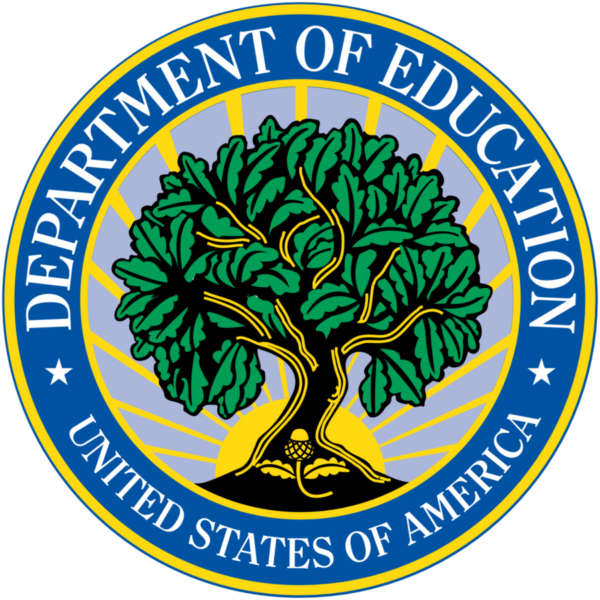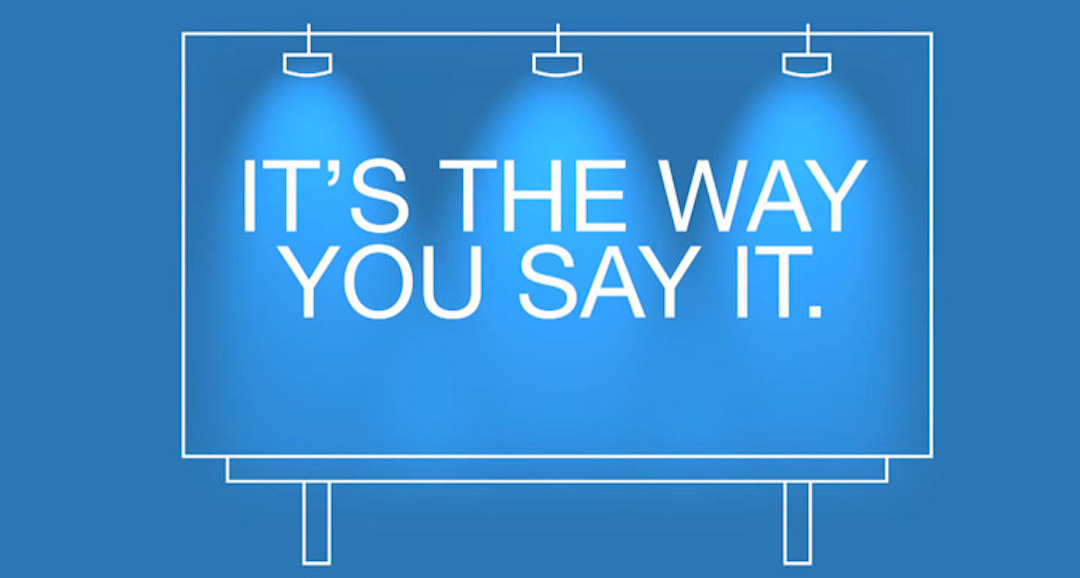Blog
02 Aug Grants Management – Are We There Yet? by Tracey Diefenbach, GPC
With summer in full swing, vacation planning is or has been on everyone’s mind, including mine! As I booked reservations for a family road trip with my husband and three kids along with five other families, it got me thinking – this vacation planning is a lot like grants management planning. There are some key strategies used in vacation planning that can and should be used in grants management to answer the dreadful question, “Are we there yet?” with a confident “yes.” Whether you are a grants professional working with a university managing lots of complex federal grants or a small nonprofit agency managing several foundation grants, there are some simple strategies we all can employ to alleviate bumps in the road.19 Jul Are We Ready for this Relationship? Walking the Talk on Meaningful Partnerships by Julie Alsup, GPC
When you say you are going to “partner,” what exactly does that mean? In today’s grant-seeking world, it’s not necessarily enough simply to say you will “partner” with XYZ organization to achieve your objectives. HOW exactly will you partner? Agreeing to put another organization’s flyers on your front desk is not the same as allocating time and effort for full-time staff to participate in a stakeholder coalition, in order to develop a charter for collaboration that conducts joint fundraising and has a mission extending beyond that of any of the individual agency partners.13 Jul What to Expect When You’re Prospecting by Leah Hyman, GPC
Posted at 10:40h
in Competency Two, Funding, Leah Hyman, Organizational Readiness, Research, Strategy
What to Expect When You’re Prospecting
Or: What to Know About Working with a Consultant
A scenario: your small nonprofit organization has been in operation for several years now, thanks to the generosity and trust of individual donors and supporters. You have generated some promising outcome data from your programs, have a clear direction, and are making a positive impact on your target population. You feel you’re ready to move on to the next step in your organization’s growth: diversifying funding streams by adding in some grant dollars. But you’re busy running programs, your board is stretched thin, and you’re just not sure where to start.
Choosing to seek outside assistance from a grant professional is a big step for an organization. The combination of a very small staff (or perhaps even a one-person shop), a small pool of invested donors and volunteers, and the amount of time, energy, and resources spent in getting a nonprofit off the ground can make this a deeply personal decision. An outsider consultant who suddenly asks lots of specific questions about your policies, competitors, and finances might feel a little intrusive (at best) or downright offensive (at worst).
But wait! That consultant means well. They’re likely trying to gauge your organization’s grant-readiness and capacity for managing different types of funding opportunities to determine the most effective and efficient next steps. Here’s what to expect as you enter this new relationship.
09 Jul United States Department of Agriculture – Rural Cooperative Development Grant
The United States Department of Agriculture (USDA) recently opened applications for its Rural Cooperative Development Grant. USDA opportunities such as this can often be incredibly impactful – if not transformative – for rural communities. Let’s take a closer look at the details for this program by answering some key questions. What is the Rural Cooperative Development Grant? The Rural Cooperative Development Grant (RCDG) is intended to improve the economic condition of rural areas by assisting in the startup, expansion, or operational improvement of rural cooperatives and other business entities. Cooperatives are essential to the U.S. economy and are particularly critical to the health of rural communities. Cooperatives not only help farmers and ranchers market their products, but they can also supply rural residents with important services such as electricity, telecommunications, financial services, housing, food, and building materials.06 Jul Describing the Target Population from a Context and Strengths-based Perspective – is the Target Population in Need or Does It Have a Need? by Julie Assel, GPC
Posted at 17:49h
in Competency Four, Competency Seven, Culture, Julie Assel, GPC, Narrative, Professionalism, Writing
I am the type of person whose brain is constantly thinking, even in my sleep. The harder the problem, the more likely I am to have several nights of sleep interrupted by fragments of thought my brain is trying to work through. Two weeks ago, this was my situation.
I was preparing to submit a grant to a funder on the cutting edge of the equity discussion. As a significant funder with a large corpus, the Health Forward Foundation is leading by example and investing in organizations that otherwise might be overlooked by other foundations.
My client serves a population not in Kansas City, Missouri proper, but one whose challenges mirrored those living in the middle of the city: high unemployment, low-paying jobs for those who are employed, high mobility for families struggling to pay their rent, and families in and out of homelessness when ends did not always meet. Families struggle with the trauma common to multi-generational poverty. Children struggle with adverse childhood experiences. But there are no mental health resources located in the community, and this is what my grant was trying to address.
The grant had been drafted for over a week when the demonstrations against systemic racism began. As I watched, listened, read, and thought, this grant proposal started to bother me. Had I truly reflected the need of the population and the context of the situation? How had I described the population who would receive these services – as those in need or those with a need? Were we truly putting forth the best portrayal of the client organizations we serve? Were we showing the strengths of the clients they serve? Were we doing anything to push back against systemic racism?
29 Jun Tying Grant Budgets to Project Activities by Hayley Waynick, GPC
With quick turnarounds and tight deadlines, grant writers can often overlook the importance of tying the numbers in the budget to the activities of the project. While funders give us many opportunities to do this, they often cite the absence of this connection as one of their biggest critiques of grant proposals. I’ve heard it mentioned time after time in funder panels, trainings, and in direct feedback from funders. As you begin a grant proposal and rally the project team, encourage them to have a “budget first” mindset. The budget, after all, is the primary driver of what the grant is all about. When the budget is the last thing on the list to complete, this typically sets off a chain reaction of making last minute edits to the proposal narrative, budget narrative, timeline, etc. This is when the connection between the budget and the project itself can get lost. The two key places where grant writers can be sure to show this connection are the budget narrative and the proposal narrative.26 Jun The National Science Foundation – Robert Noyce Teacher Scholarship Program
The National Science Foundation (NSF) recently opened applications for its Robert Noyce Teacher Scholarship Program (Noyce). As with many federal grant opportunities, there are a lot of “so” questions which need to be answered. So, what is the Noyce Scholarship Program? The National Science Foundation Robert Noyce Teacher Scholarship Program seeks to encourage talented science, technology, engineering, and mathematics (STEM) majors and professionals to become K-12 mathematics and science (including engineering and computer science) teachers. The program invites creative and innovative proposals that address the critical need for recruiting and preparing highly effective elementary and secondary science and mathematics teachers in high-need local educational agencies. The program offers four tracks: Track 1: The Robert Noyce Teacher Scholarships and Stipends Track, Track 2: The NSF Teaching Fellowships Track, Track 3: The NSF Master Teaching Fellowships Track, and Track 4: Noyce Research Track. In addition, Capacity Building proposals are accepted from proposers intending to develop a future Track 1, 2, or 3 proposal.14 Jun Administration for Children Youth and Families – Family and Youth Services Bureau – Basic Center Program
The Family and Youth Services Bureau (FYSB) recently opened applications for its Basic Center Program (BCP). As with many federal grant opportunities, there are a lot of “so” questions that come to my mind. So, what is the BCP? Funded under the Runaway and Homeless Youth Act passed in 1974, BCP works to establish or strengthen community-based programs that meet the immediate needs of youth and families of youth, who have run away from home or are experiencing homelessness. The purpose of the BCP is to provide emergency shelter and counseling services to youth under the age of 18 who meet one or more of the following criteria:- have left home without permission of their parents or guardians;
- have been forced to leave their home;
- cannot live safely with a parent, legal guardian, or relative;
- have no other safe alternative living arrangement; or
- are experiencing homelessness and might otherwise end up in contact with law enforcement or in the child welfare, mental health, or juvenile justice systems.
14 Jun Presentation Matters: How to Organize Grant Proposal Narratives by AGS Staff
Posted at 12:08h
in AGS Staff, Case Statements, Competency Four, Narrative, Program Design, Program Development, Writing
Grant proposals consist of a variety of components depending on each grant’s requirements. Most require some form of a budget, whether that is a simple project budget or a complex organizational budget, or both. Some will also include a budget narrative or justification and any number of other attachments. But in any grant proposal, the narrative is where you will likely spend most of your time. Fortunately, the proposal’s narrative is the fun part! This is where you get to put your storytelling skills to work. So how do you get started? Much like an author would begin a novel, start with an outline.








